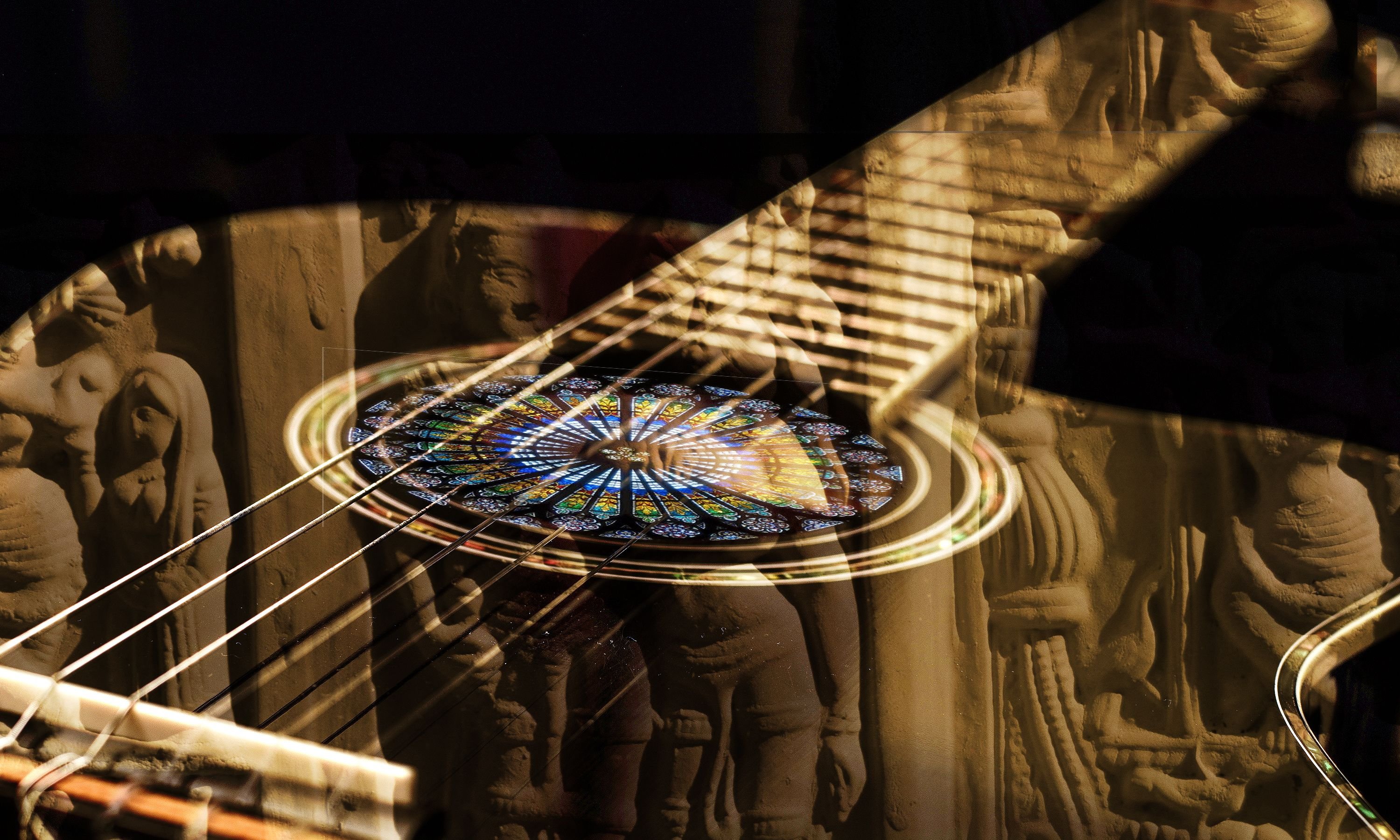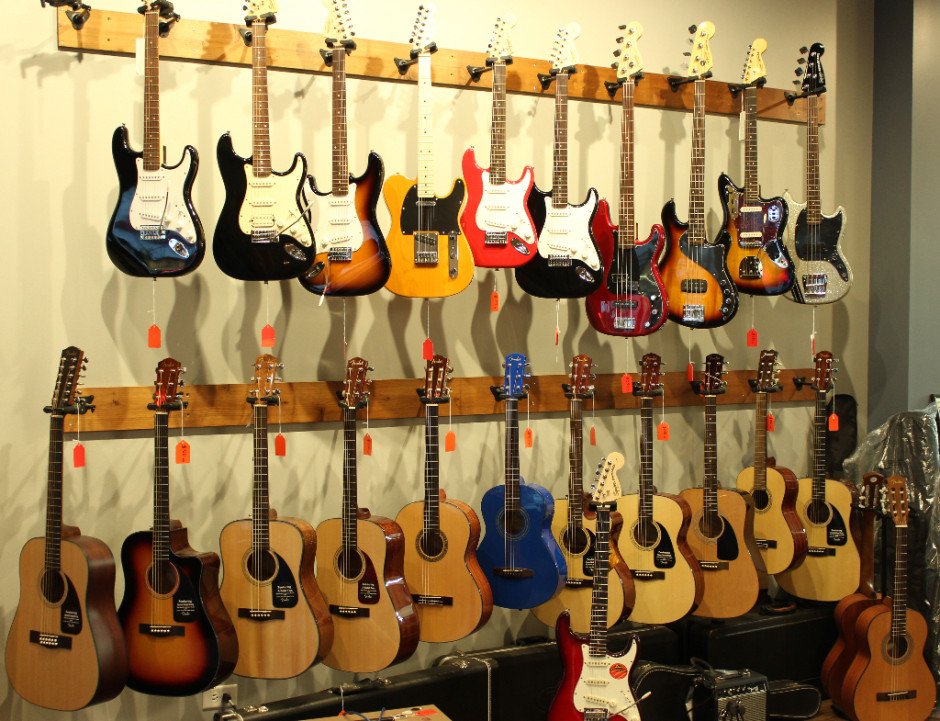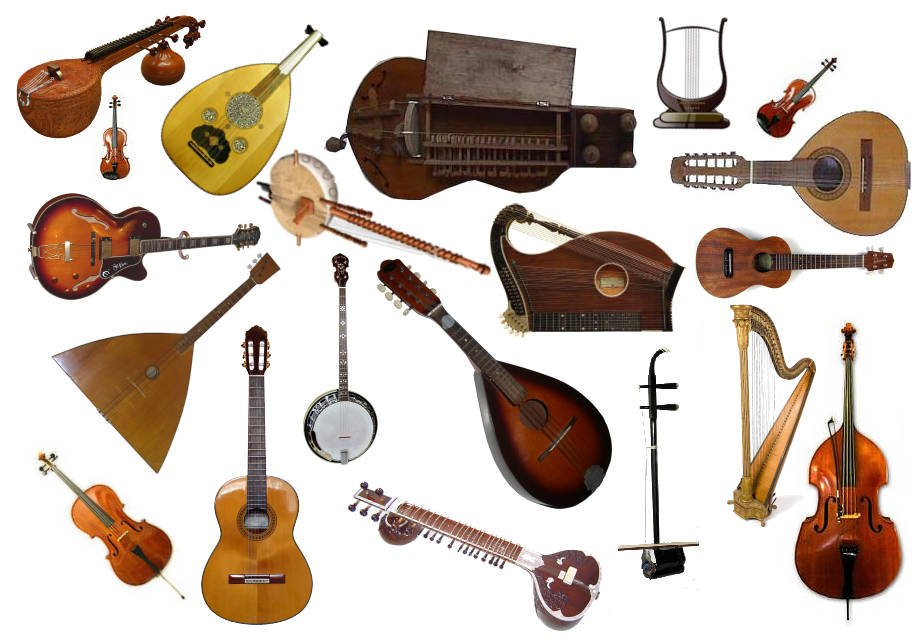
The History of the Guitar (Part I): The Beginning

The guitar has come a long way into becoming what it is today as a musical instrument compared to what we have today. It has survived many civilizations and have adapted to changes that have sustained even with music as a whole and other musical instruments.
Characterized by a fret neck and six strings, the guitar is in the line of the stringed instruments. Interestingly, the first recorded history of the stringed instrument associated it with so much powers that it was able to captivate the gods and settle a dispute between Hermes and Apollo who were both sons of Zeus. The instrument cited was the lyre.
Stringed Instruments
According to the works of Homer, the first string instrument was invented by Hermes who made it from the carapace of a dead turtle and strings from the gut of a cow.

The history of stringed instruments as a whole, also has a mention in the bible version of the creation of the world and the earliest humans in which it was mentioned that in the genealogy of Cain, there later came from the line of Jubal people who played the harp and the flute. He was described as the father of all people who play the instruments.
Back to the guitar, the instrument which has developed its sound by the vibration of strings is placed in the chordophones family which has instruments such as bows, harps, zithers, lyres, and lutes in the fold.
Among those in the family, the guitar is found in the lutes which are themselves broken into bowed and plucked instruments. Hence you will not be wrong to describe the lute as the father of the guitar or its ancestor.
Before all others in the chordophones line, it is believed that the musical bow is pretty much the oldest. As the name suggests, it was developed from or using the concept of bows used by hunters. It was created by fastening strings to the ends of the bowed sticks. From here, more strings were later added as it keeps changing.
Vihuela and Four Course Guitar
One of the instruments that would later be mostly agreed as among the predecessors of the modern day guitar is the vihuela. This instrument became very popular in Spain where it took over from the lute.
Next was the four course guitar which is another very important instrument in the build up to the modern day guitar. The four course guitar enjoyed great acceptance in the sixteenth century. It enjoyed patronagefor dances, fantasias, chansons, as well as other secular genres.
The vihuela and the four course guitar are some of the most important developments as stated to the guitar.
Because there are many sites to the story of the guitar, I will try as much as possible to give as much a look into as much school of thoughts dealing with the instrument as possible.
The most important thing to keep in mind is that there were many different instruments that were developed in different places that function in some close or even distant ways from what the present day guitar delivers.
Steemians, what do you think about this first part in the series!

